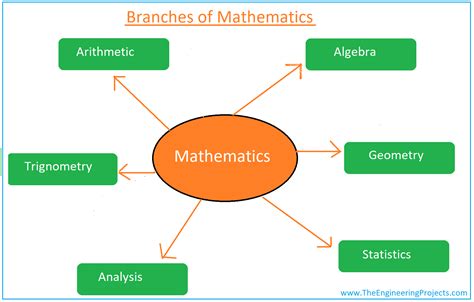Mathematics 1, often known as Elementary Algebra, is an essential foundational course in the realm of mathematics. It provides a solid understanding of the fundamental principles and concepts that are indispensable for further exploration in diverse fields of study and everyday life.

Mathematics 1 encompasses a comprehensive range of topics, including:
- Arithmetic operations: Addition, subtraction, multiplication, and division
- Algebraic expressions: Variables, coefficients, and constants
- Linear equations and inequalities: Solving for unknowns
- Polynomials: Operations, factoring, and graphing
- Exponents and radicals: Properties and operations
- Systems of equations: Solving for multiple variables
Significance of Mathematics 1
Mathematics 1 is a cornerstone of mathematical education for several compelling reasons:
- Problem-solving skills: It cultivates critical thinking, logical reasoning, and problem-solving abilities.
- Foundation for higher mathematics: It establishes a firm foundation for subsequent courses in algebra, geometry, calculus, and beyond.
- Practical applications: Mathematical principles are ubiquitous in everyday life, from financial management to scientific research.
Importance of Mastering Mathematics 1
Proficiency in Mathematics 1 is paramount for success in various academic disciplines and professional endeavors. According to a study conducted by the National Science Foundation, students who perform well in mathematics in elementary school are more likely to succeed in science and engineering careers.
Moreover, the Bureau of Labor Statistics projects that occupations requiring strong mathematical skills will grow significantly in the coming years. These include fields such as computer programming, data analysis, and financial management.
Common Mistakes to Avoid
To excel in Mathematics 1, it is crucial to avoid common pitfalls:
- Neglecting the basics: Mathematics 1 builds upon fundamental arithmetic skills. Ensure a thorough grasp of these before moving on to more complex concepts.
- Skipping steps: Follow the mathematical procedures meticulously, without skipping any steps. This will minimize errors and enhance understanding.
- Misinterpreting variables: Variables represent unknown quantities. Understand their role and significance in equations and expressions.
- Confusing terms and coefficients: Differentiate between terms (individual parts) and coefficients (numbers in front of terms) in algebraic expressions.
Step-by-Step Approach to Success
To master Mathematics 1, consider adopting a structured approach:
- Review prerequisites: Refresh your knowledge of basic arithmetic operations, including fractions, decimals, and percentages.
- Attend class regularly: Engage in lectures, actively participate in discussions, and ask questions to clarify concepts.
- Study effectively: Dedicate time to studying outside of class, reviewing notes, solving practice problems, and seeking help when needed.
- Practice regularly: Consistent practice is essential for reinforcing concepts and developing fluency. Solve a variety of problems to encounter diverse scenarios.
- Seek support: Do not hesitate to seek assistance from instructors, tutors, or classmates when facing difficulties.
Applications of Mathematics 1
The principles of Mathematics 1 have far-reaching applications in numerous fields:
- Science and engineering: Physics, chemistry, and engineering heavily rely on mathematical principles for modeling and calculations.
- Business and finance: Understanding mathematics is crucial for financial planning, investment analysis, and data interpretation.
- Medicine and healthcare: Dosage calculations, interpreting test results, and predicting disease progression require mathematical knowledge.
Creative Potential of Mathematics
Mathematics is not merely a set of rules and formulas; it is a creative endeavor that drives innovation. Researchers are continuously exploring new applications of mathematical concepts, paving the way for advancements in diverse fields.
One such emerging field is computational mathematics, which harnesses mathematical algorithms to tackle complex problems in areas such as artificial intelligence, data science, and medical imaging.
Useful Tables
Table 1: Common Mathematical Symbols
| Symbol | Meaning |
|---|---|
| + | Addition |
| – | Subtraction |
| x | Multiplication |
| / | Division |
| = | Equals |
| > | Greater than |
| < | Less than |
| ≠ | Not equal to |
Table 2: Order of Operations
- Parentheses
- Exponents
- Multiplication and Division
- Addition and Subtraction
Table 3: Common Mathematical Properties
| Property | Description |
|---|---|
| Commutative property | Order of factors does not affect the result (e.g., a + b = b + a) |
| Associative property | Grouping of factors does not affect the result (e.g., (a + b) + c = a + (b + c)) |
| Distributive property | Multiplication distributes over addition and subtraction (e.g., a(b + c) = ab + ac) |
Table 4: Applications of Mathematics 1
| Field | Application |
|---|---|
| Science | Modeling and calculations in physics, chemistry, and engineering |
| Business | Financial planning, investment analysis, and data interpretation |
| Medicine | Dosage calculations, interpreting test results, and predicting disease progression |
| Technology | Algorithms for artificial intelligence, data science, and medical imaging |
